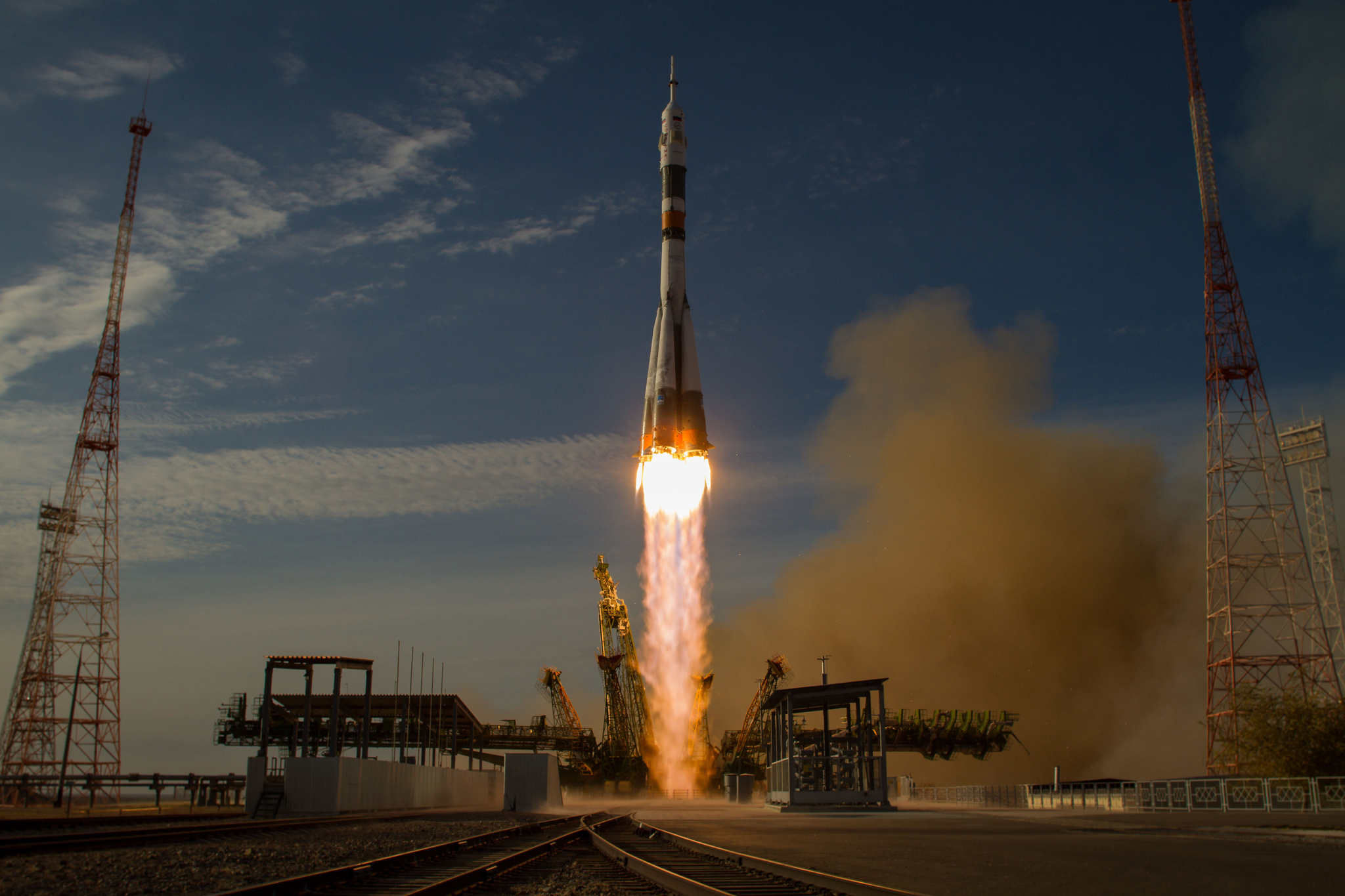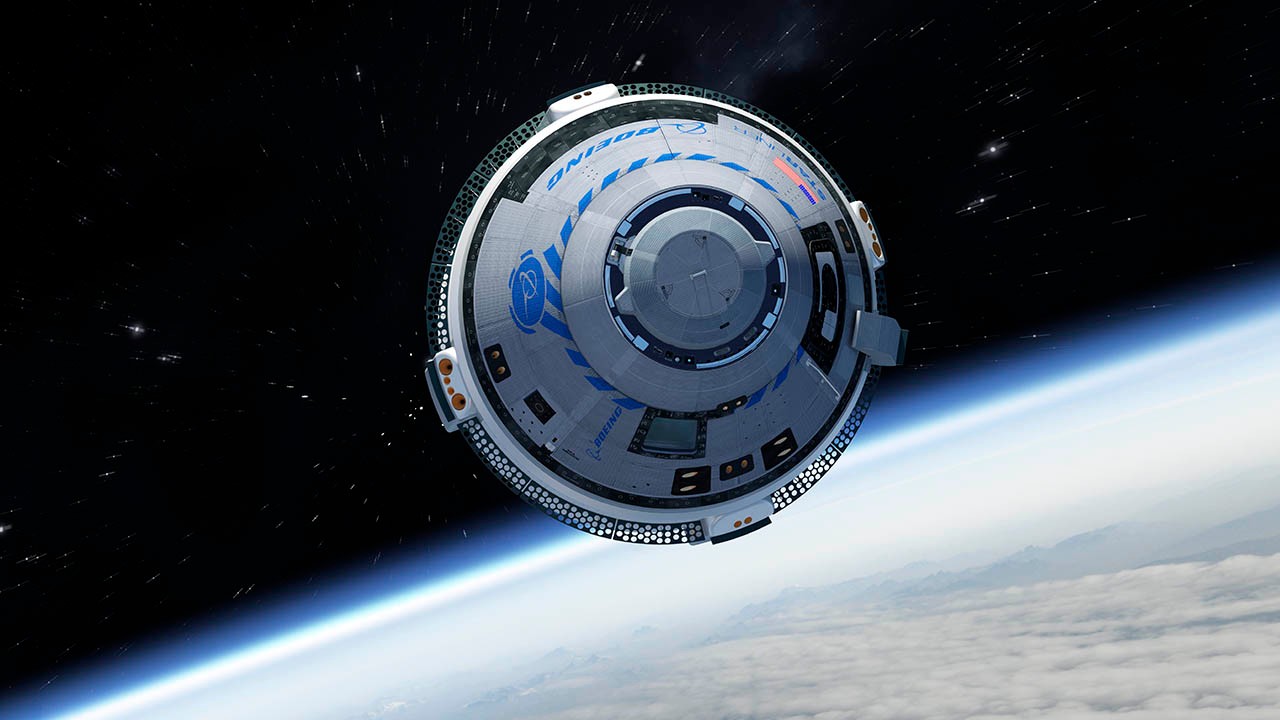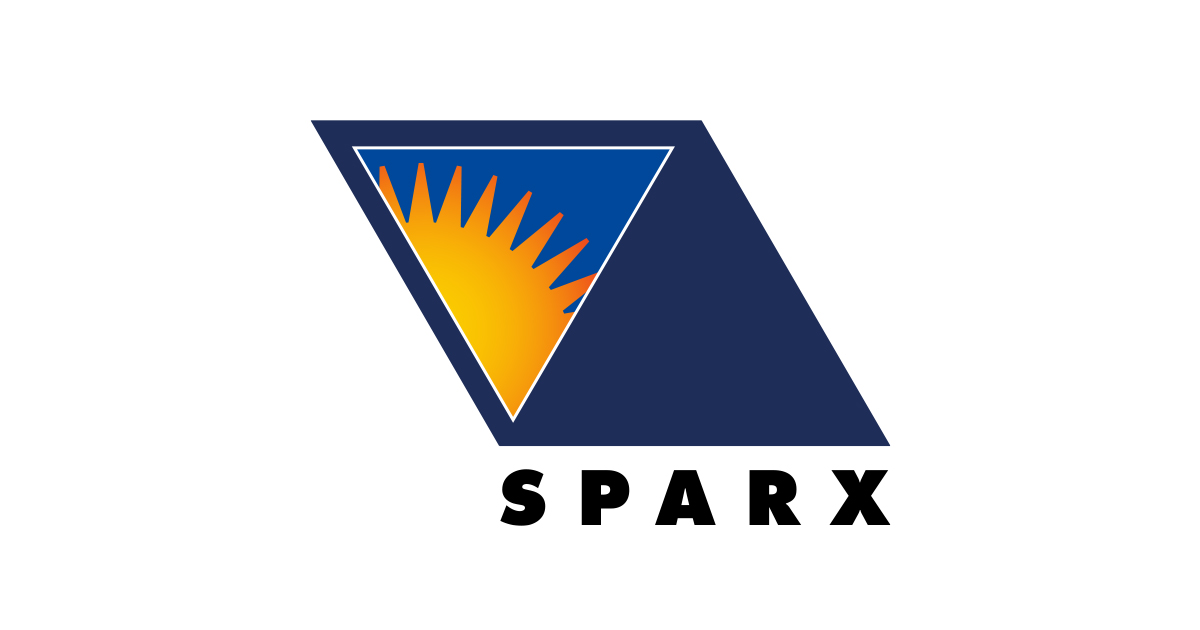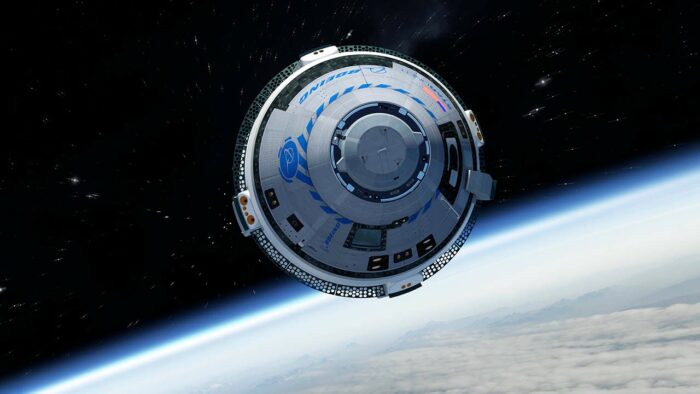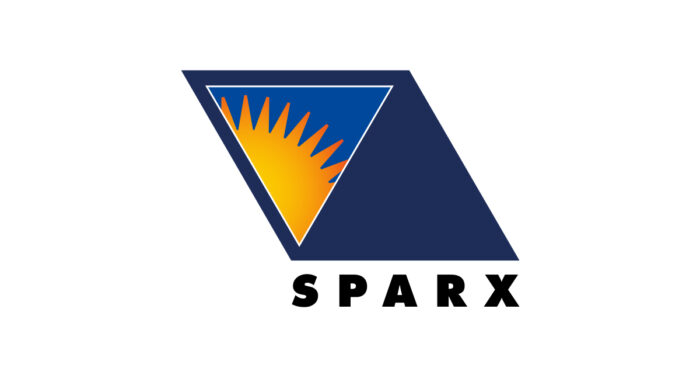Russia’s journey into lunar exploration, marked by both triumphs and challenges, has reached another turning point as the Luna-25 lander, a beacon of Russia’s renewed lunar ambitions, crashed into the moon’s surface. The nation’s space agency, Roscosmos, confirmed this unexpected turn of events on August 20. The lunar crash casts a shadow over Russia’s aspirations to reestablish itself as a prominent player in the space arena and, in parallel, highlights the dynamic landscape of the global space market.
The Luna-25 lander, intended to be a catalyst for Russia’s lunar revival, tragically met its end due to an orbital mishap that occurred on August 19. In a statement, Roscosmos expressed, “At about 14:57 Moscow time [on Aug. 19], communication with the Luna-25 spacecraft was interrupted.” Efforts to reconnect with the lander were in vain, leading to a sad conclusion: the unexpected trajectory caused by the flawed orbital maneuver resulted in the lander’s collision with the lunar surface, bringing an unfortunate halt to its mission.
The Dream of Luna-25 & Russia’s Lunar Pursuits
Russia’s ambition to reignite its lunar exploration fervour took a bitter turn with the demise of Luna-25. The last Russian moon probe, Luna-24, ventured forth in 1976, harking back to an era when the nation was still the Soviet Union. With its triumphant return of lunar samples from the Sea of Crises (Mare Crisium), Luna-24 etched its place in history. However, Luna-25, slated to touch down near the moon’s south pole, bore the promise of scientific enlightenment and potential water ice discoveries.
The timing of Luna-25’s launch, August 10, marked a significant step towards Russia’s moon exploration revival. Pictures beamed back to Earth on August 13, including captivating snapshots with the moon and Earth in the backdrop, fueled optimism. Lunar orbit was swiftly achieved, a milestone that Roscosmos heralded on August 16.
Lunar Aspirations & Scientific Ambitions
Luna-25, a product of the Russian aerospace company NPO Lavochkin, was designed with meticulous precision. Its structure comprised a landing platform equipped with propulsion systems and landing gear. Additionally, a non-pressurized instrument container housed essential components such as solar panels, antennas, cameras, and scientific apparatus. Its objectives extended beyond just the hunt for water ice, encompassing detailed examinations of the lunar regolith and surrounding rock formations, probing the elusive lunar atmosphere, and testing technologies primed for future lunar landings.
The space industry’s dynamic landscape was poised to benefit from Luna-25’s successes. Russia’s collaboration with China in developing a permanent crewed lunar outpost was on the horizon, presenting a new frontier in international space cooperation. Plans laid out by Roscosmos indicated subsequent lunar missions, including Luna-26, a lunar orbiter, and ambitious landing missions, Luna-27 and Luna-28, each with distinct goals ranging from drilling to sample collection.
Retrospection & Exploration Beyond
The setback of Luna-25’s crash casts a cloud over the upcoming lunar projects. Delays are likely to ripple through Roscosmos’ lunar program, necessitating rigorous investigations into the root cause of the unfortunate crash. Luna-25’s troubled trajectory had already been influenced by technical challenges and geopolitical sanctions stemming from Russia’s ongoing conflict with Ukraine. Europe’s withdrawal from cooperative space ventures further underscored the intricate interplay between global politics and space exploration.
Roscosmos’ response to the Luna-25 incident was swift and resolute. An interdepartmental commission was formed to delve into the circumstances leading to the lander’s loss. The commission’s findings could hold valuable insights for Russia’s future lunar missions.
Lunar Exploration on a Global Scale
Russia is not the sole contender in the race for the moon’s south pole. India’s Chandrayaan-3 lander and NASA’s Artemis program are poised to make their mark in lunar exploration. The competition illustrates the intensified interest in unlocking the moon’s mysteries and potential resources. Artemis, NASA’s grand vision, is projected to land a crewed mission near the moon’s south pole in the mid-2020s, contingent on the successful execution of its preceding missions.
As the world collectively gazes at the moon, the potential for groundbreaking discoveries and unprecedented collaborations beckons. The unexpected outcome of Luna-25, though disheartening, serves as a testament to the tenacity required in space exploration and underscores the intricate interplay between technology, geopolitics, and human ambition.
Featured image: Soyuz launch. Credit: NASA
Share this article:
